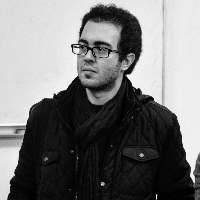Long-term results of immediate implantation in the maxillary molar area with simultaneous sinus floor elevation by the crestal approach and early loading protocol: A retrospective case series follow-up study
This study aimed to determine the long-term survival rate of implants placed in fresh sockets of extracted maxillary molars with simultaneous sinus floor elevation and early loading protocol.
Nineteen maxillary molar teeth were extracted by tooth sectioning, and the sockets were debrided. Drilling for implant placement (Either Xive, Dentsply or Axiom, Antogyr) was terminated 1 mm short of the sinus floor with a pilot drill. Then, according to Summers’ technique, elevation of the Schneiderian membrane and bone grafting were performed. The implants were placed according to non-submerged procedure after sinus grafting and preparation of the desired osteotomy site.
The implants had been in function up to 5 years and the mean time of loading was 33.12 months. Analysis of crestal bone loss records indicated a mean of -0.054±0.56 mm of bone resorption (with a range of –0.86 to +0.90 mm). The amount of crestal bone resorption on the mesial and distal surfaces of implants was -0.02±0.559 mm and -0.09±0.59 mm, respectively (P=0.232). Survival rates and success rates were 100% and 95.45%, respectively.
Immediate implant placement in the posterior maxilla with simultaneous sinus floor augmentation and early loading was a reliable and predictable approach.
-
Effect of Cyanoacrylate Adhesive on Palatal Wound Healing Following Free Gingival Grafting: A Clinical Trial
Mohammadreza Karimi, Saeed Sadatmansouri, Ghazal Anoush, *, Nastaran Taheri
Journal of Research in Dental and Maxillofacial Sciences, Spring 2024 -
Use of bioactive glass doped with magnesium or strontium for bone regeneration: A rabbit critical‑size calvarial defects study
Nasrin Esfahanizadeh, *, Mohammad Reza Nourani, Mohammad Harandi
Dental Research Journal, Feb 2022



